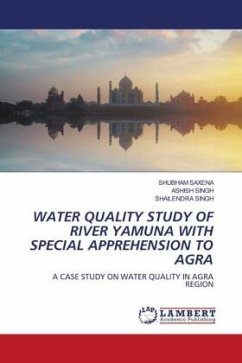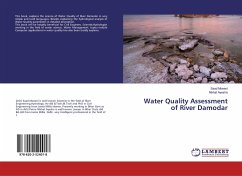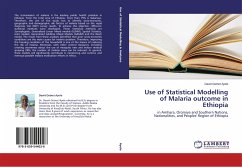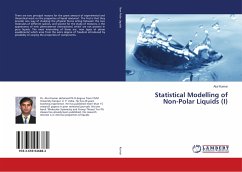The hydrological system is full of heterogeneity. In order to generate some quantitative and qualitative information about the hydrological system, different kinds of hydrological models are being used in a bigger way. Despite the improvement in the level of understanding of the hydrological system using advanced technologies like remote sensing, geographic information system (GIS), machine learning etc, still, the hydrological models are now able to capture an approximation of the natural hydrologic system. The use of hydrological simulation models, however, is associated with several kinds of uncertainties dealing with the model structure, model parameters, and input data. In such a situation, ensemble modeling can play a vital role in reducing uncertainties arising due to the natural randomness, error model structure, model parameters, and input data. This book will give some scientific insight into the basic methods used for ensemble modeling in hydrology for improving river flow simulation that I have used during my M.Tech research at IIT Kharagpur.
Bitte wählen Sie Ihr Anliegen aus.
Rechnungen
Retourenschein anfordern
Bestellstatus
Storno








